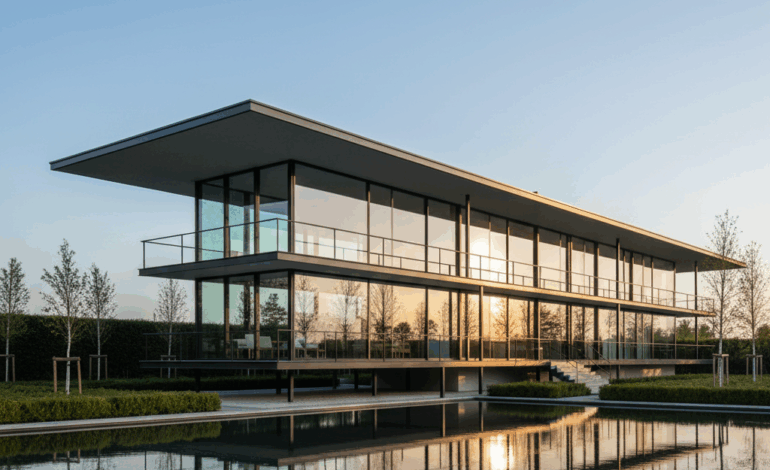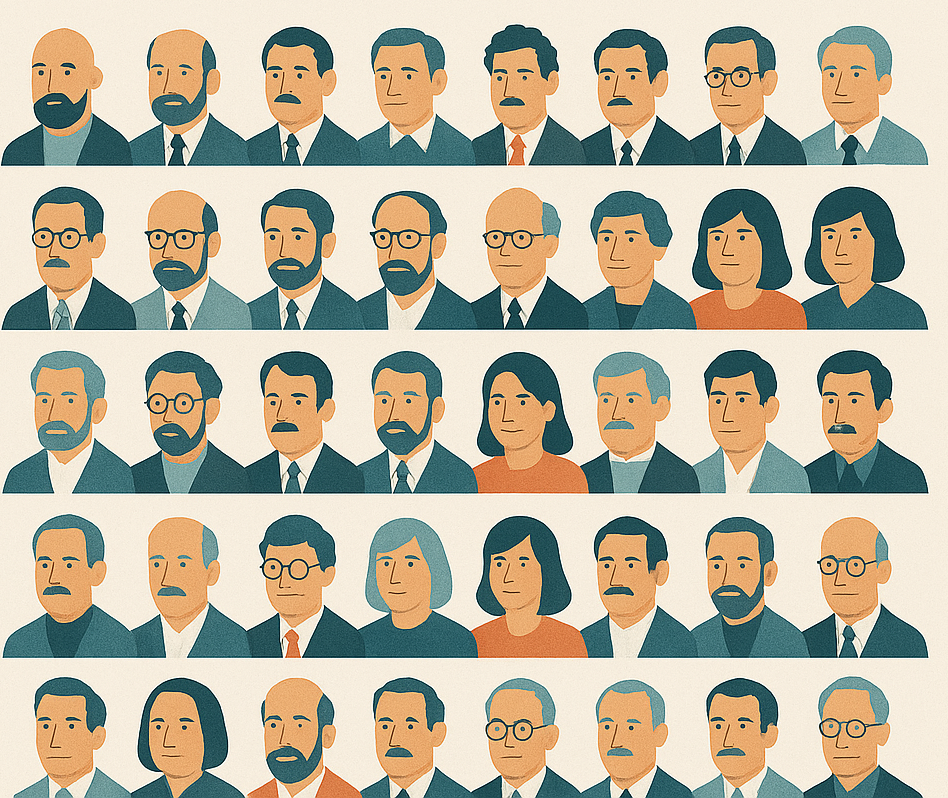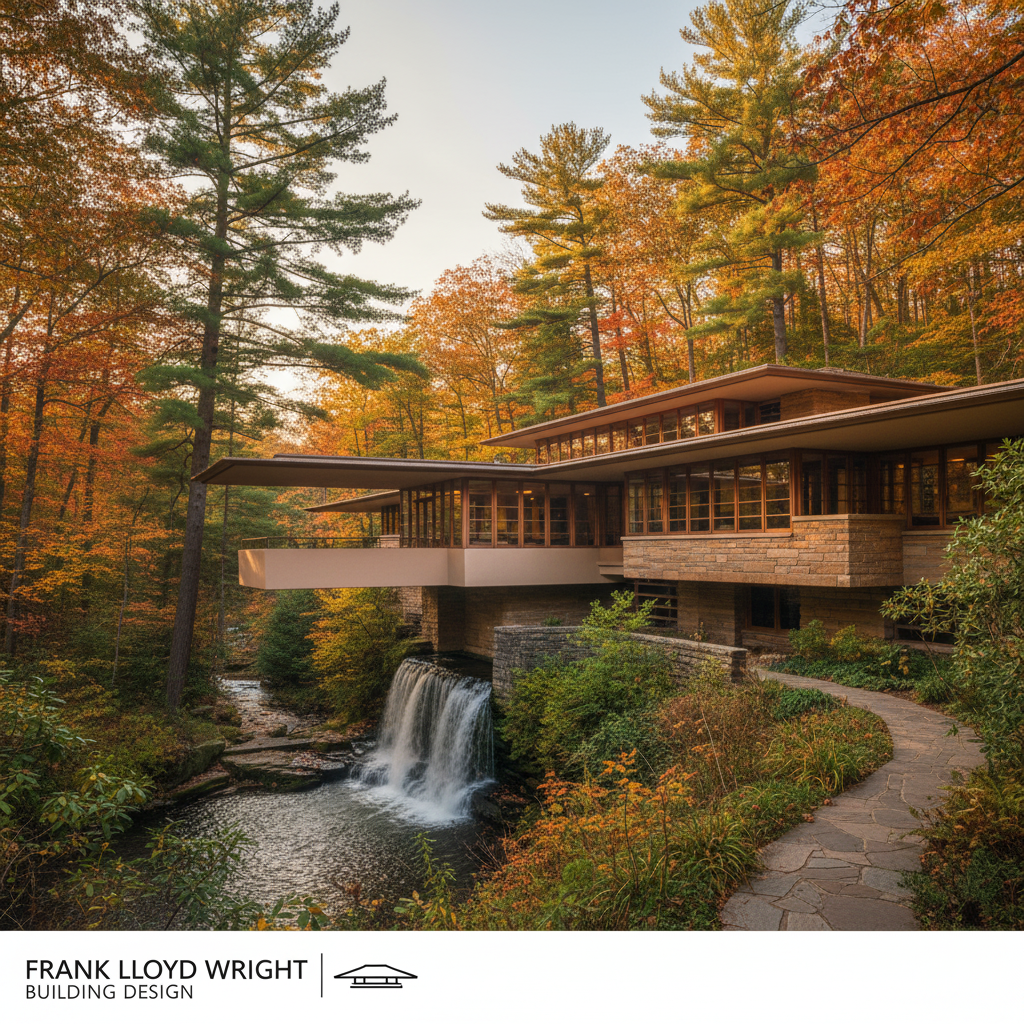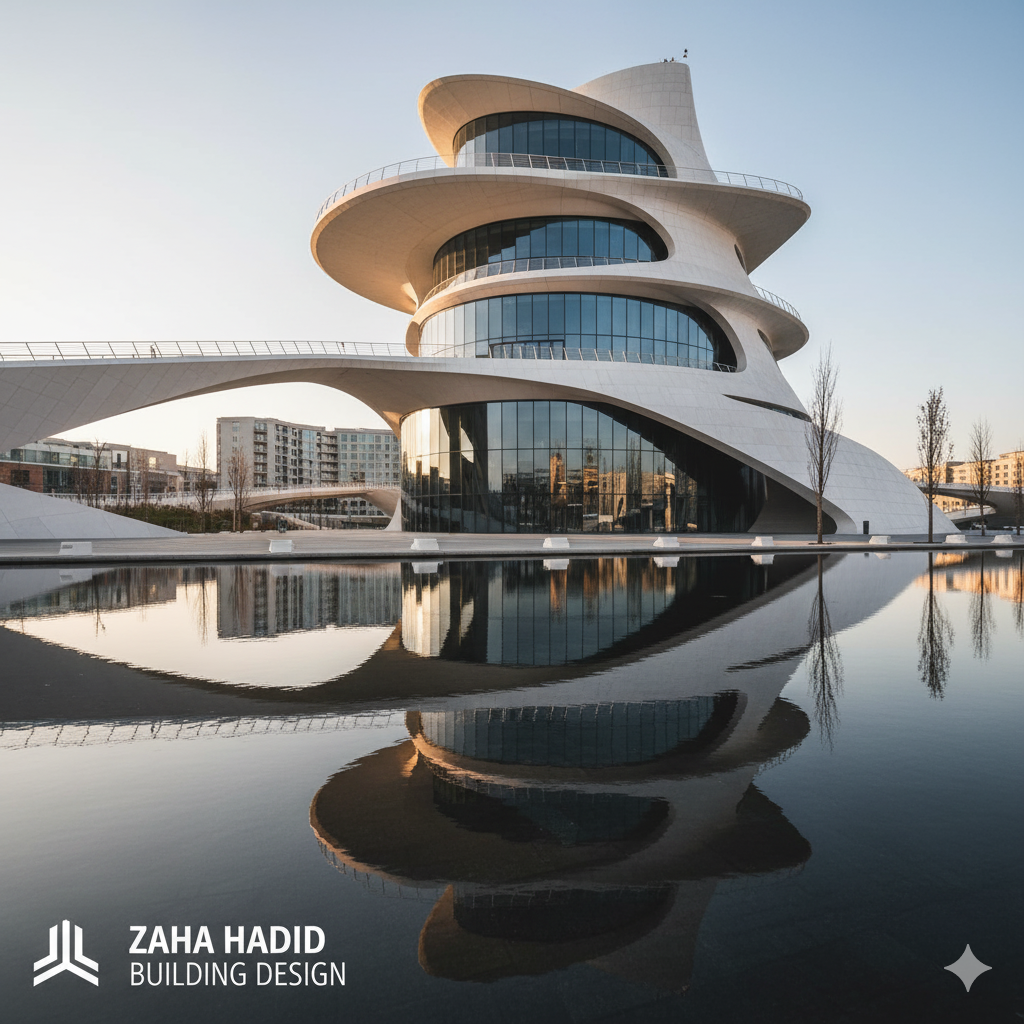Ludwig Mies van der Rohe

Ludwig Mies van der Rohe, born in 1886 in Aachen, Germany, was a pioneering architect who became one of the most influential figures in modern architecture. Known simply as “Mies,” he is celebrated for his refined, minimalist designs and his famous motto: “Less is more.” His architecture emphasized clarity, open space, and the honest expression of materials—especially steel and glass.
Mies began his career in his father’s stone-carving business before working in the office of Peter Behrens, a prominent German architect who was also a mentor to other modernist icons like Le Corbusier and Walter Gropius. Under Behrens’ guidance, Mies developed a strong foundation in classical design, which he later stripped down to its essential elements in his pursuit of modernism.
In the 1920s, Mies emerged as a leader of the avant-garde movement in Germany. He became director of the influential Bauhaus school in 1930, just two years before it was shut down by the Nazi regime. During this time, Mies designed some of his most iconic works, including the Barcelona Pavilion (1929), created for the International Exposition in Spain. This structure epitomized his principles: flowing open spaces, clean lines, and the luxurious use of modern materials like glass, steel, and marble. The Barcelona Chair, designed with Lilly Reich, remains a design classic to this day.
Mies emigrated to the United States in 1938 and went on to reshape American architecture. He became the head of the architecture school at the Illinois Institute of Technology (IIT), where he designed both the master plan and many of the campus buildings, including Crown Hall—a glass-and-steel masterpiece considered one of the finest examples of mid-century modern architecture.
Perhaps his most famous American project is the Seagram Building in New York City (1958), co-designed with Philip Johnson. This sleek, black skyscraper on Park Avenue introduced the International Style to corporate architecture, setting a standard for high-rise buildings around the world. The building’s clean façade, steel frame, and use of bronze-tinted glass represented Mies’ commitment to simplicity and structural integrity.
Mies’ architectural philosophy centered on the truth to materials and the importance of structure. He believed that a building should express its purpose clearly through its form and materials, without ornamentation. His designs often emphasized large, open interior spaces and a structural “grid” that could be adapted for different uses—an approach that influenced generations of architects.
Despite his rigorous formalism, Mies’ work conveys a surprising sense of elegance and calm. His buildings are not just functional—they are serene, balanced compositions that create powerful spatial experiences.
Ludwig Mies van der Rohe died in 1969, but his legacy continues to shape contemporary architecture. His timeless aesthetic, devotion to clarity and proportion, and belief in architecture as a framework for life remain deeply relevant. Mies didn’t just design buildings; he shaped the modern city and helped define what architecture could be in the modern age.








